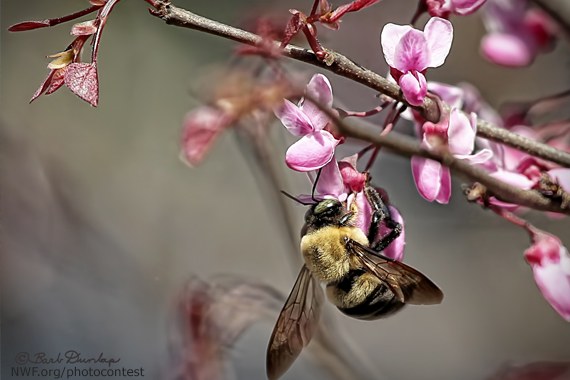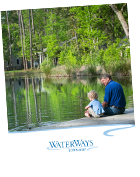Conserving the integrity of the naturally stunning WaterWays property has been a cornerstone of its mission since its start in 2008. The latest blog article from the University of Georgia's Center for Urban Agriculture Extension, "Create a Wildlife-Friendly Landscape" focuses on just that: building a landscape that invites native birds, butterflies and other animals to continue flourishing in Bryan County.
Here are some tips for creating your own at-home wildlife oasis:
- Cover – Hiding from predators is a must in the wild. Creating a wildlife-friendly habitat means providing a safe space for animals to hide from predator. These hiding places could include brush piles, bushes or shrubs.
- Food – Whether you're providing berries, nectar, nuts, pollen, or even seeds, a wildlife-friendly yard must include an area for animals to eat. Any of these nutrition sources can be easily supplied through a flower garden or a nearby fruit-bearing tree.
- Home – Ensuring the next generation lives a healthy and natural lifestyle is key when building a landscape for native wildlife. For butterflies, it's important to keep a flower garden and trees for nesting for local birds.
- Safety – Keeping your yard free from herbicides and pesticides is the easiest way to ensure wildlife stay healthy in a new environment.
- Water – Waterfront homes at WaterWays can easily meet these criteria, but for those who aren't as close to Grand Lagoon, Ossabaw Island or King Lake, installing a small birdbath is an easy option for any homeowner.
To learn more about the National Wildlife Foundation's certification to become a certified wildlife habitat, visit www.nwf.org. Share your wildlife at WaterWays stories on the WaterWays Facebook page.
 Photo courtesy of Barb Dunlap, NWF.org
Photo courtesy of Barb Dunlap, NWF.org




